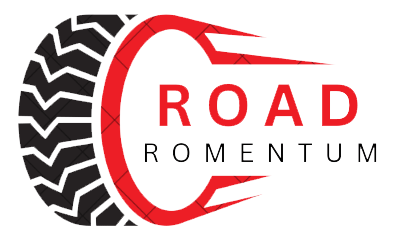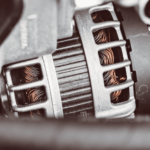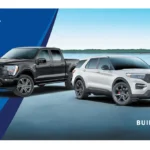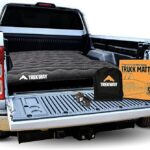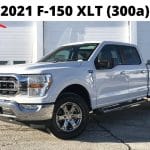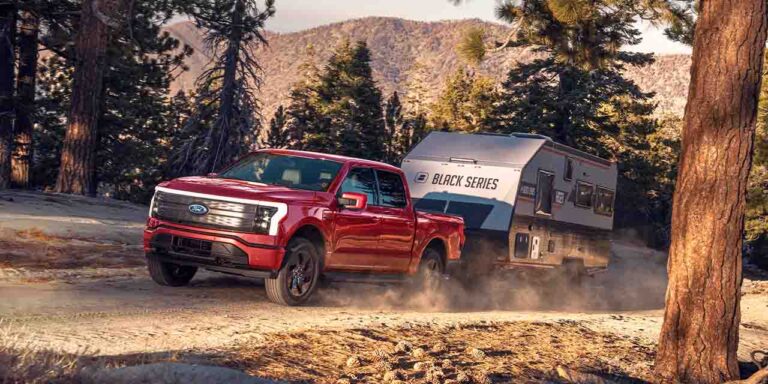How Can I Protect My Windshield From Rock
The windshield of your vehicle is more than just a transparent barrier that shields you from the elements. It’s a critical safety component that provides structural support to your vehicle and offers a clear view of the road ahead. However, it’s also vulnerable to damage, especially from rocks and debris that get kicked up while driving. Rock damage can lead to annoying chips, unsightly cracks, and, in severe cases, compromised safety.
In this comprehensive guide, we’ll explore how can I protect my windshield from rock damage and ensure it stays in optimal condition.
Understanding Rock Damage
Before we delve into protective measures, let’s understand why rock damage is a concern. Rocks and debris on the road can become projectiles when your vehicle’s tires encounter them. These projectiles can strike your windshield with varying degrees of force, causing damage that may range from minor chips to extensive cracks.
Rock damage is not merely a cosmetic issue. It can compromise the structural integrity of your windshield and impair your visibility while driving. Additionally, neglecting small chips and cracks can lead to more extensive damage over time, necessitating costly windshield replacement.
Safe Driving Practices
Prevention is the best defense against rock damage. By adopting safe driving practices, you can minimize your exposure to road debris and rocks:
- Maintain a Safe Following Distance: Keep a safe distance from the vehicle in front of you, especially on highways. This allows you more time to react if the vehicle ahead kicks up rocks or debris.
- Avoid Tailgating: Tailgating not only increases the risk of rock damage but also raises the likelihood of accidents. Stay a safe distance behind other vehicles to reduce the risk of being struck by debris.
- Defensive Driving: Be vigilant and anticipate potential hazards on the road. Watch for construction zones, gravel trucks, and vehicles that may be more likely to create flying debris.
Maintaining Road Awareness
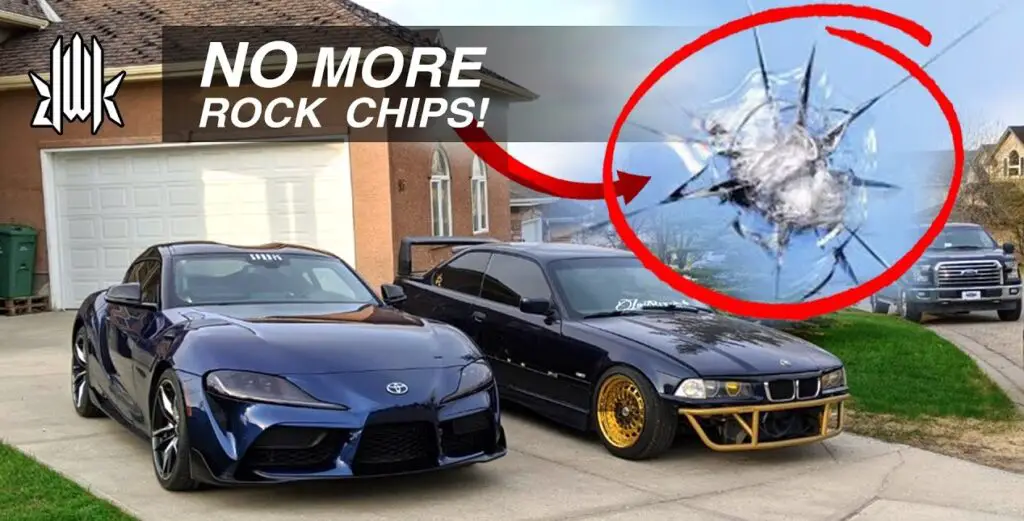
Understanding where and when you’re at higher risk of encountering rocks and debris can help you adjust your driving and protect your windshield:
- Construction Zones: Road construction areas are notorious for loose gravel and debris. Slow down and exercise caution when driving through these zones.
- Gravel Roads: When driving on gravel roads, slow down to reduce the likelihood of your own tires kicking up rocks. Additionally, maintain a safe distance from other vehicles on gravel roads.
- Following Large Trucks: Vehicles like dump trucks or semis carrying gravel, sand, or loose materials are prime sources of flying debris. Keep your distance when driving behind them.
Aftermarket Windshield Films
For added protection, consider aftermarket protective films designed for windshields. These clear films are applied to your windshield and provide a sacrificial layer that absorbs the impact of rocks and debris, preventing them from causing damage. There are two primary types of windshield films:
- Standard Protective Film: This is a clear adhesive film that adheres to your windshield’s exterior. It provides an extra layer of protection against rock damage.
- Nano Coating: Nano coatings are liquid solutions that bond with your windshield’s glass, creating a protective barrier. They are virtually invisible and offer excellent protection.
The installation of aftermarket films should be performed by professionals to ensure proper adhesion and transparency. These films are a proactive measure that can save you from costly windshield repairs or replacements down the road.
Rock Deflector Accessories
Several accessories can help shield your windshield from rocks and debris:
- Bug Shields: Bug shields, also known as hood protectors, are mounted on the front of your vehicle, just above the hood. They deflect air upward, preventing rocks and bugs from hitting your windshield.
- Mud Flaps: Mud flaps are installed behind your vehicle’s tires and serve to prevent debris, including rocks and mud, from being thrown onto your windshield.
- Fender Liners: Fender liners are protective panels installed inside the wheel wells. They help prevent rocks and debris from being flung onto your windshield.
While these accessories may alter your vehicle’s appearance slightly, they are effective in reducing the risk of rock damage.
Windshield Repair and Replacement
If you do encounter rock damage, it’s crucial to address it promptly. Small chips and cracks can often be repaired without the need for a full windshield replacement. Repairing these issues not only restores your windshield’s integrity but also prevents further damage.
Many auto glass repair shops offer windshield repair services that can fix minor damage quickly and affordably. However, if the damage is extensive or obstructs your line of sight, windshield replacement may be necessary. Delaying repairs can cause the damage to worsen, making repairs less feasible and more expensive.

DIY Solutions
In some cases, you may find yourself faced with minor rock damage, and immediate professional repair may not be possible. Here are some DIY methods for addressing small chips and cracks:
- Windshield Repair Kits: These kits are readily available at auto parts stores and come with materials and instructions for repairing small chips and cracks.
- Clear Nail Polish: Applying a small amount of clear nail polish to a chip or crack can prevent it from spreading temporarily until you can seek professional repair.
- Superglue: Similar to clear nail polish, applying a small amount of superglue can be a temporary fix for minor damage.
Keep in mind that these DIY solutions are temporary and should not replace professional repair or replacement when necessary.
Regular Maintenance
Preventing rock damage to your windshield also involves routine maintenance:
- Windshield Cleaning: Regularly clean your windshield both inside and out. A clean windshield is less likely to develop cracks from minor impacts.
- Avoid Abrasive Materials: When cleaning, use soft materials like microfiber cloths and avoid abrasive cleaners, as they can scratch the glass.
- Check Wiper Blades: Worn or damaged wiper blades can scratch your windshield’s surface. Replace them as needed.
Insurance Considerations
Lastly, it’s essential to understand your insurance coverage for windshield damage. Many insurance policies offer coverage for windshield repairs and replacements. Before filing a claim, consider the deductible, as filing a claim for minor repairs may not be cost-effective.
Conclusion
Your vehicle’s windshield is a vital component that deserves protection from rock damage. By adopting safe driving practices, using protective films, installing deflectors and accessories, and addressing minor damage promptly, you can ensure that your windshield remains in optimal condition. Remember that timely action can save you from costly windshield repairs or replacements, preserving
